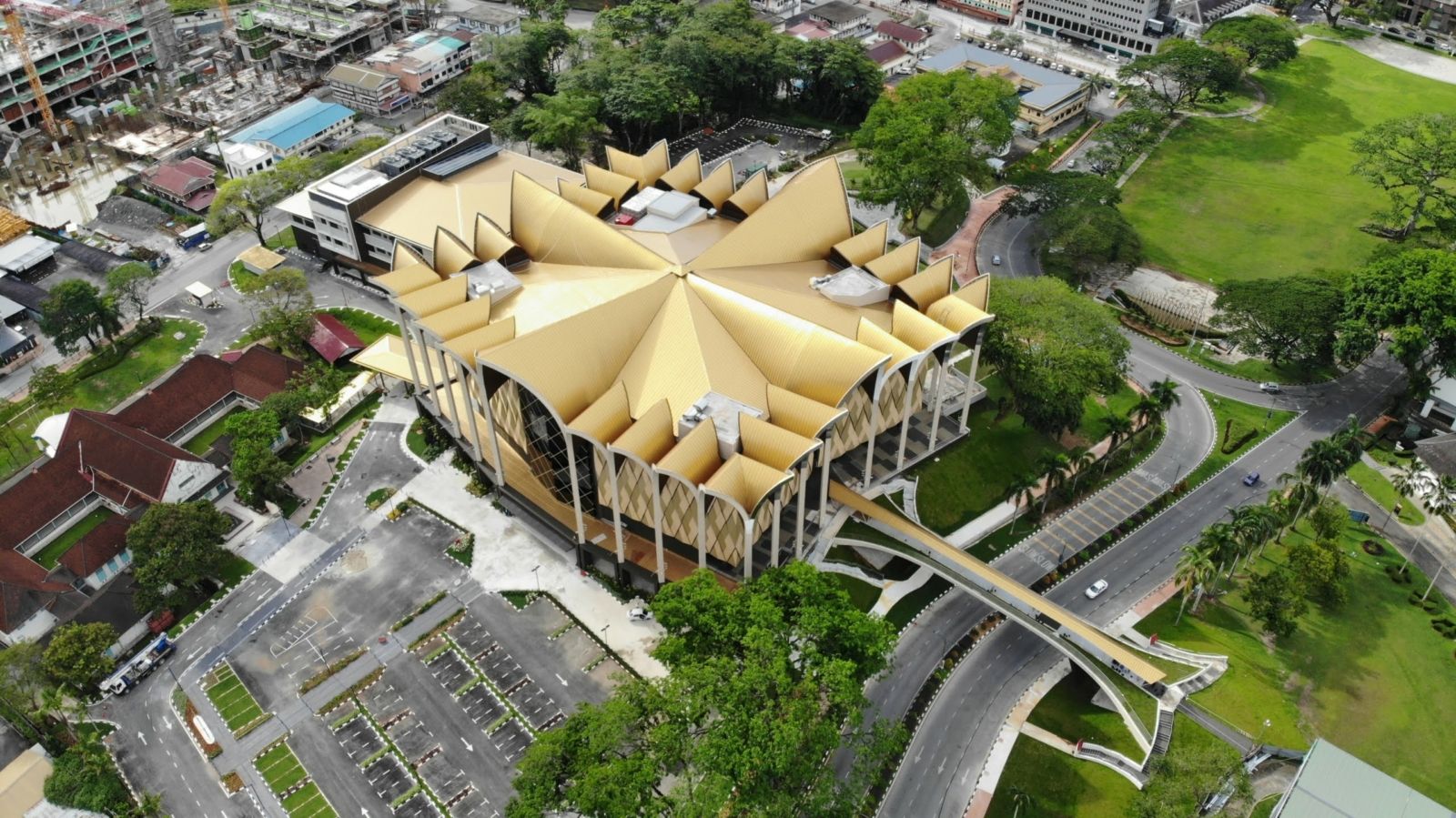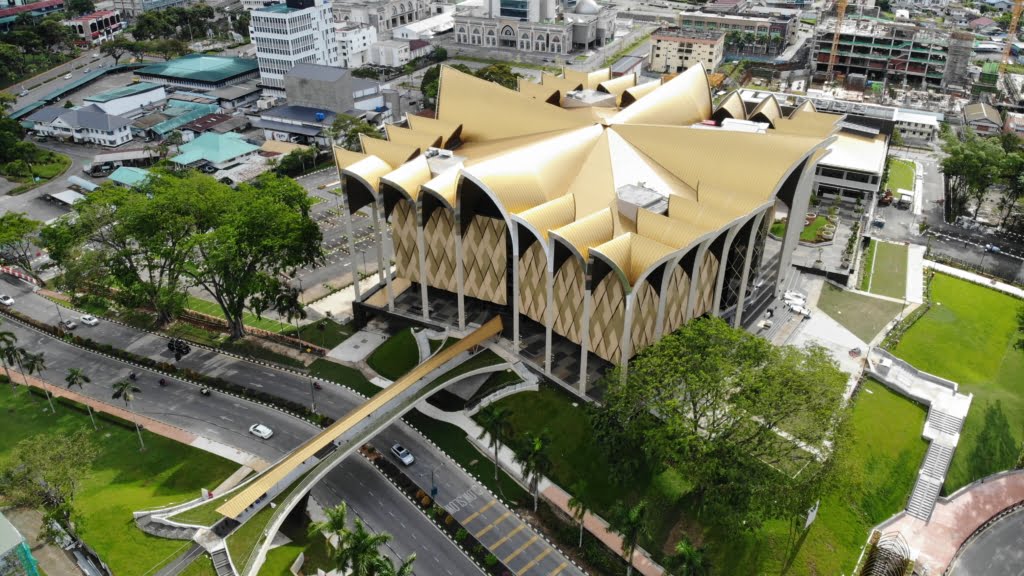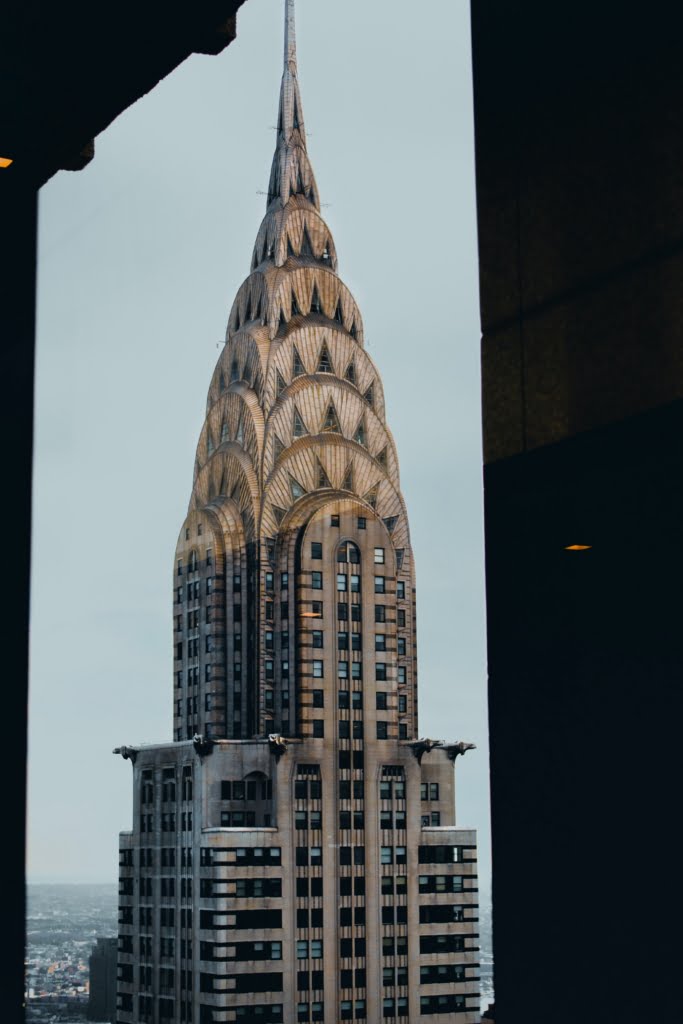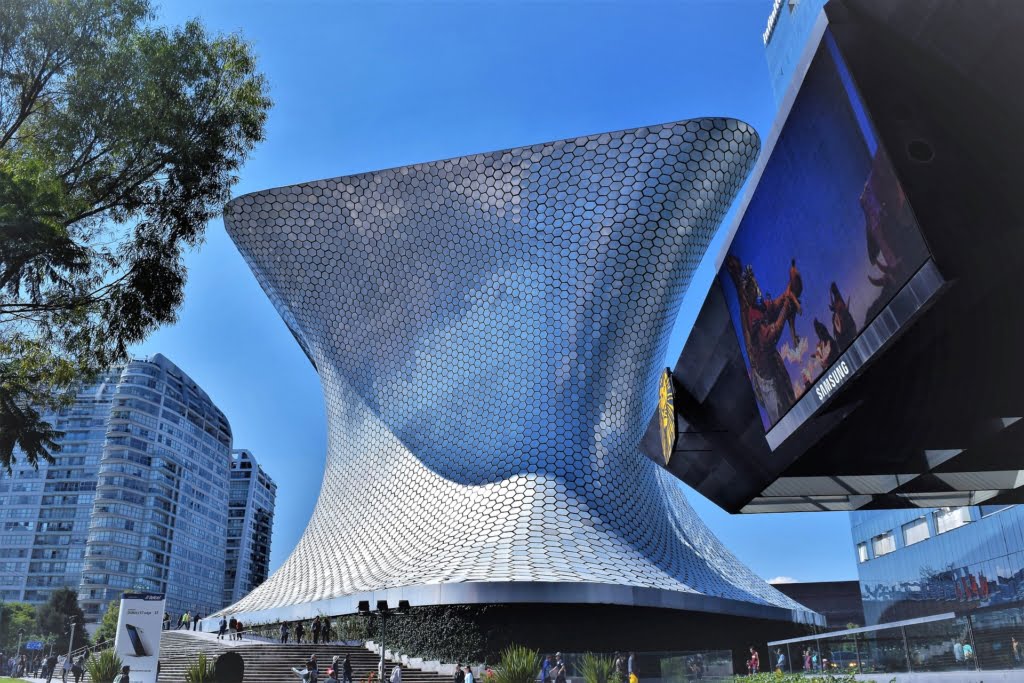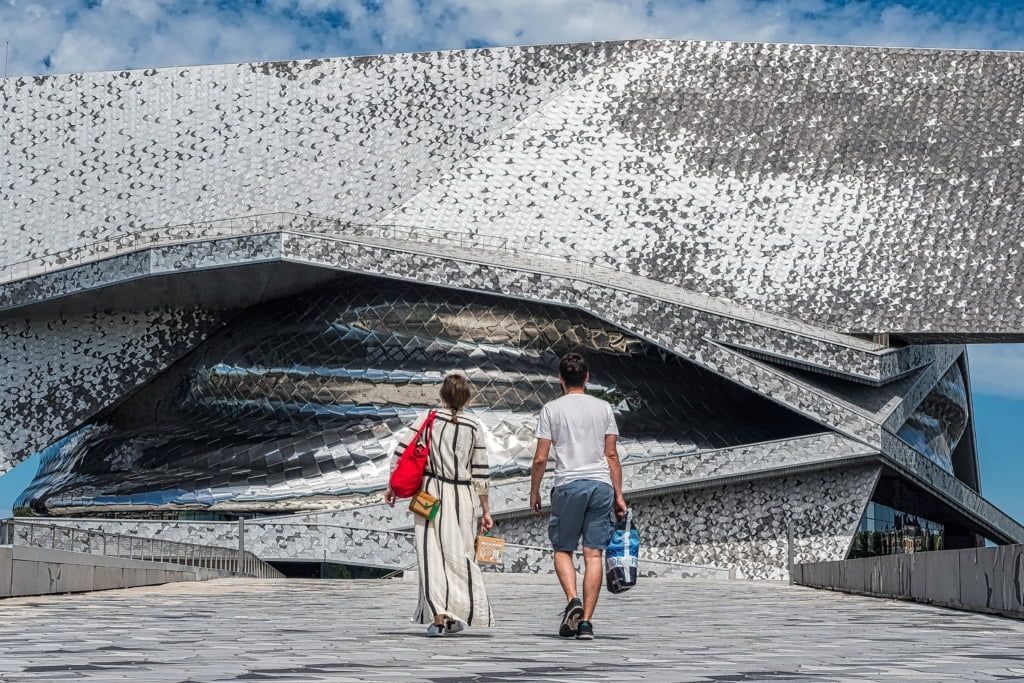Aluminium In Architecture
25% of aluminium produced worldwide is used in architecture. Durability, lightness and form-ability are important factors for using aluminium. However, as an architectural material it has qualities beyond pure practical properties.
Beauty of Aluminium as Architectural Material
In mechanical engineering, the precision is often the most important factor. Whereas from a design perspective, a beautiful surface can be uneven and not precise. Aluminium can be brushed roughly or polished to extreme reflectivity. In addition to its durability, aluminium is often a preferred facade material because of its industrial precision which can demonstrate a corporate or futuristic feeling.
Aluminium might be cold and sharp because of the precision and its ability to transfer heat. Nevertheless, together with a warmer material, like timber, it might just create a perfect contrast between natural and industrial. Knowing something is made of aluminium might create a feeling of lightness, but the architectural perspective of lightness must not be confused with slenderness.
Aluminium Instead of Steel
Compared to steel, aluminium element could end up being lighter in mass, whilst have a larger cross-section and therefore be perceived heavier. One of the earliest uses in a building was in the Isabella, Monadnock and Venetian buildings, where cast aluminium was used for finishing of stairs, railings and elevators, presented at the Chicago World fair in 1893.
Furthermore, aluminium panels covering the semi-cupolas at the church of San Gioacchino (1897) in Rome, Italy is considered the first architectural use of aluminium. Moreover, other early uses are found in two of the most famous New York skyscrapers: the Chrysler building (1930) and the Empire state building (1931) and its incorporated aluminium spandrels.
Aluminium Facade
Aluminium cladding is today a major use, taking advantage of lightweight and durability. Fa-cades and solar shadings are used for the same reason, adding little weight to the load-bearing structure. Cladding is commonly made from rolled sheets, but castings and extrusions are also used. SANAA used a highly polished ceiling and roofing in their Serpentine Pavilion (2009) to reflect the sky and park around and in the Louvre Lens (2012) they used anodized and a more roughly polished aluminium in the facade, to create a blurred and unfocused reflection of the surroundings.
The doubly curved structure of Museum Soumaya (2011) by Fernando Romero is clad with hexagonal aluminium tiles. The Philharmonie de Paris (2015-) is clad with bird shaped façade tiles in various shades.
The first recorded building constructed with an aluminium curtain wall is the Equitable Savings & Loan building (1948) in Portland by Pietro Belluschi (Ashby, 1999). The Esplanade (1950) in Chicago by Mies van der Rohe was early with its continuous aluminium and glass curtain wall.
ALCOM suppy and install aluminium roofs and cladding. We can give you advice that works with the style of your project and meets your budget requirements.
We’re here to provide you with service and to help answer any questions you may have. Click here to contact us.

